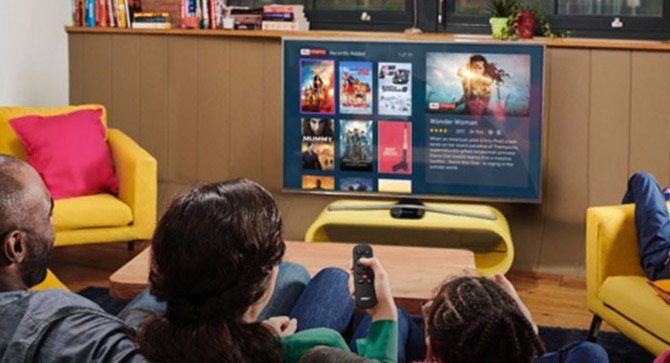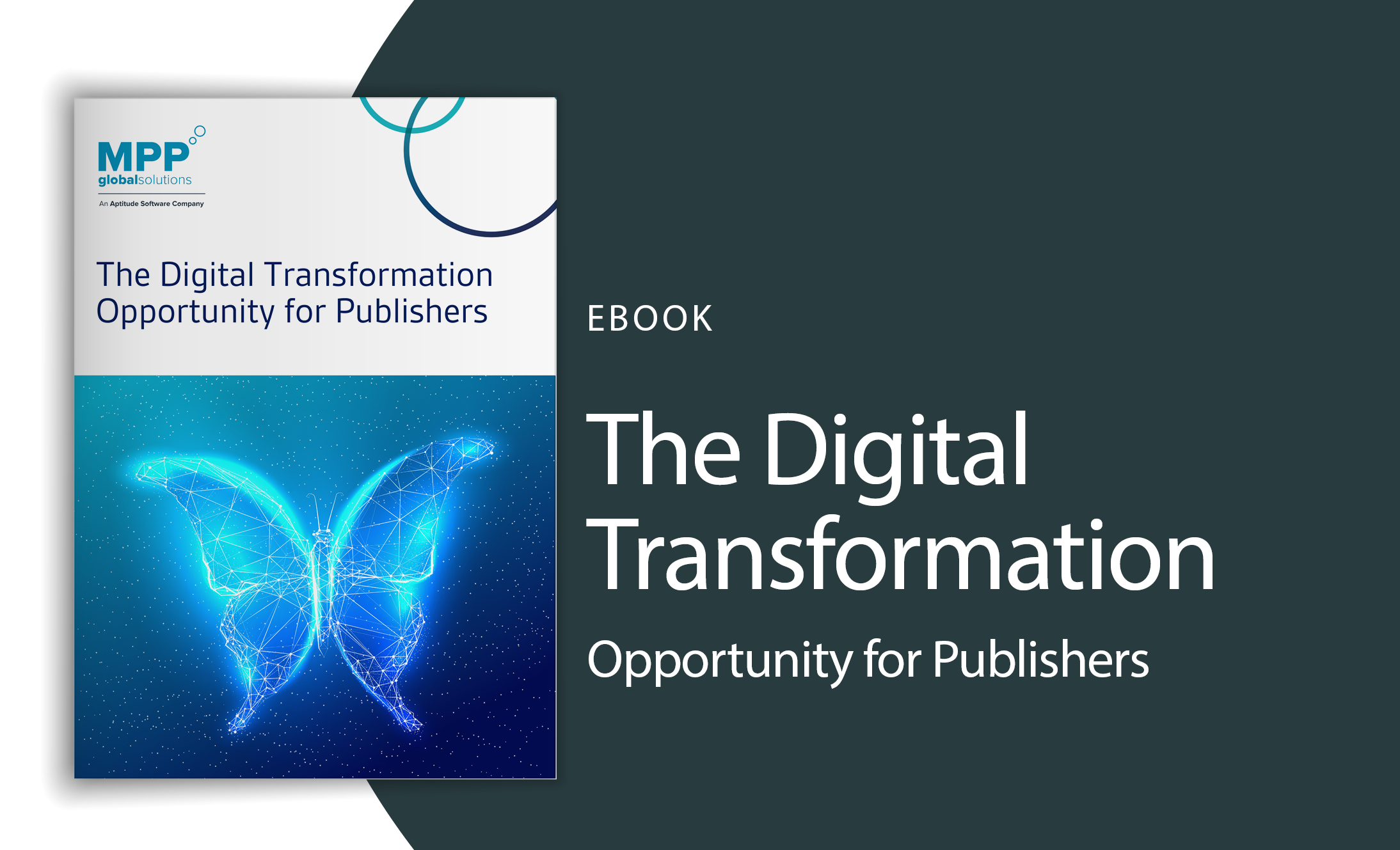How Publishers Can Turn Video into Revenue

One of 2017’s biggest themes in the online publishing world was the ‘pivot to video’ as several large publishers let their writing teams go and stressed that video was the future of content. However, by the end of the year, this was already looking like a questionable strategy and Facebook’s timeline tweaks last month have lead to even more soul-searching.
However, we’re also still seeing bold predictions about the future of video content, so what is going on? More importantly, what can you do about it to ensure that you’re moving in the right direction to build engagement and revenue instead of pivoting in the wind?
The Great Pivot to Video of 2017
As publishers react to changing demands and evolving technological possibilities, it’s inevitable that their priorities can seem to come and go in cycles. And so it was that the trend of prioritizing long-form journalistic content last year turned into the pivot to video, with large-scale casualties at the likes of BuzzFeed, Vice and Mashable (which has since been bought up and pivoted back again).
MTV News perhaps summed up the shifting sands of the industry with its statement last June: “While we’re proud of the long-form editorial work from the past two years, we’re returning the editorial operation to its roots of amplifying the audiences’ voices and shifting resources into short-form video content more in line with young people’s media consumption habits.”
Unfortunately, most of the evidence to date has indicated that media consumption habits may not be a flawless indicator of how audiences actually want to consume their media. The likes of Mic, Vocativ and Fox Sports all saw their visitor numbers plummet, according to comScore 1 (Mic has disputed these statistics 2).
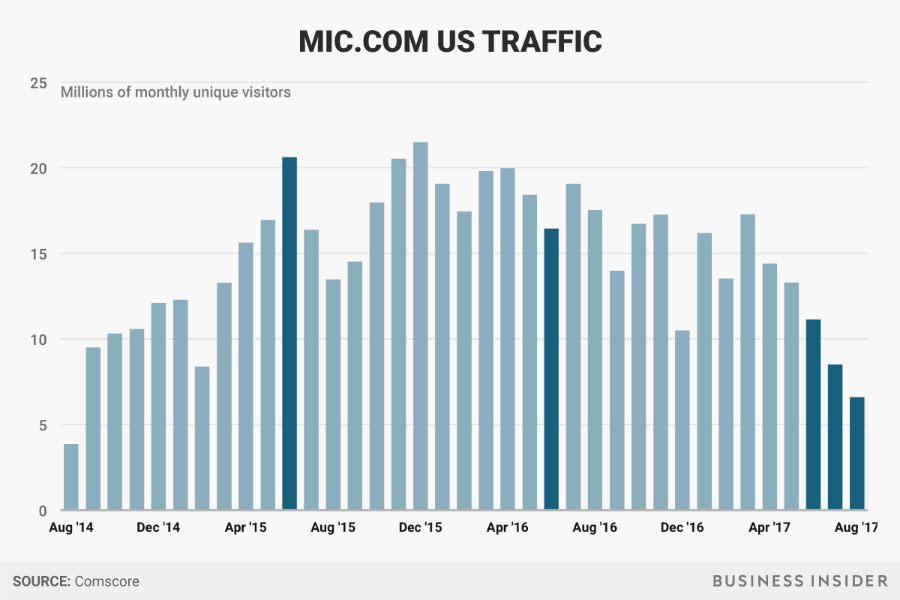
It’s easy to make snap judgements from the evidence above, like saying that pivoting to video was a disaster that caused websites to lose millions of users. However, most of them were already losing their audience and their bold new directions were as much borne out of the necessity of cutting costs as of faith in the power of video advertising revenue to transform their fortunes.
Not every publisher has seen visitors pivoting away from their content, with BuzzFeed and Vox Media faring much better, while others saw big increases in their video content viewing figures on platforms like Facebook and YouTube. Of course, these are important platforms, but publishers should be wary of prioritizing them ahead of their own digital properties.
Even partnering with Facebook to create original video for them – which has worked in the past for the likes of BuzzFeed, Mashable, Attn and Vox Media – seems to be becoming less likely to pay dividends as Facebook is already looking to move away from this business model 3.
What’s Next?
There is little evidence for publishers making much from video advertising on Facebook 4, and this is only likely to dwindle further, with some even claiming that the social media giants advised them AGAINST the pivot to video 5. 2018 has brought news that Facebook will be deprioritising publisher and brand content on users’ timelines, while updates to the Edge, Safari and Chrome browsers have been announced that will block auto-playing videos with sound 6.
The latter move is great news for user experience, but not for publishers who used them as a way of selling video advertising. Finding the balance between UX and revenue has been a tricky one when it comes to video content, with neither pre-roll or mid-roll videos proving to be popular with users 7, and this means that the odds of publishers making sustainable revenue from Facebook videos are diminishing, rather than growing.
But yet, we’re still being told that the future is in video, with the Cisco Visual Networking Index (VNI) Complete Forecast saying that by 2021:
- Video will represent 80% of all Internet traffic
- There will be nearly 1.9 billion Internet video users
- They will be watching 3 trillion minutes of video per month
Meanwhile, the last few weeks have seen examples of how video content can reach huge audiences, like a couple of snippets from TV show The Mash Report 8 – a spin-off of satire website The Daily Mash – which have to date been seen by 27m and 41m people respectively on Facebook. It’s timely and entertaining content that is full of viral potential, so it’s no surprise to see it do incredibly well in that sense.
But we’ve already established that relying on advertising revenue from a Facebook video isn’t the way forward, even when you reach the astronomical viewing figures like those. The Mash Report videos will have achieved a lot in terms of brand recognition for the TV show and its parent website, and that is what publishers and broadcasters should really be aiming for from videos on social media.
What You Need to Do Next
There are companies out there who are making video content work for them, but many, like Norwegian publisher Schibsted, is doing so with the focus on its own websites, earning $10m in advertising revenues on its VGTV site in 2016 and getting more than 25 million video stream starts per month in a country with a population of 5 million people.
VGTV CEO Helje Solberg explained: “We publish on YouTube, Facebook and Snapchat to learn and experiment, but the most important is our platform. Eighty percent of traffic to VG.no is direct. The financial value is high, so it’s important we keep that position and keep people coming back.”
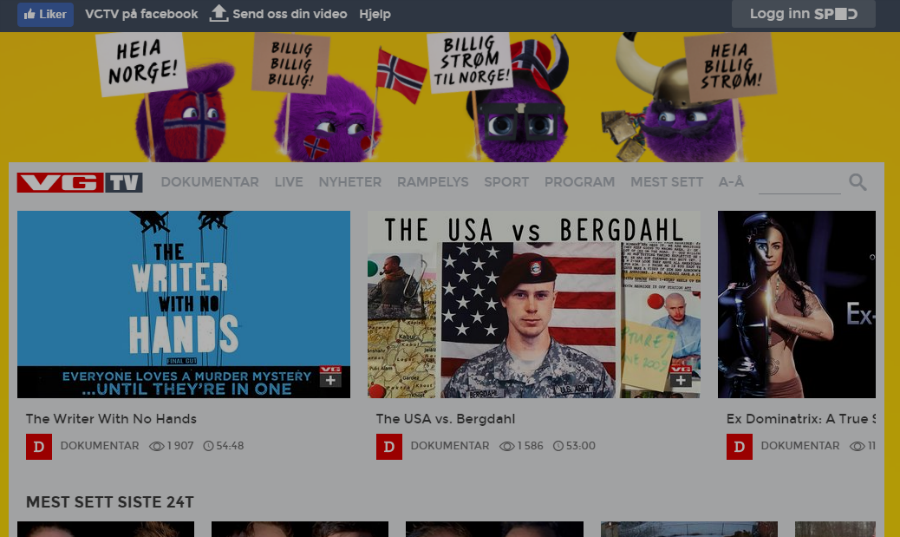
German publisher Welt is also achieving success with video on its website, which achieves 18% more time spent on pages with video than those without, monetising premium content with a freemium paywall content. According to Wolfgang Blau, president of Condé Nast International, what Welt do well is to use video in a user-centric manner, instead of forcing it on people.
“Video on Welt is less of a standalone experience, less television and much more contextual than competitors,” he said. “This approach respects that the majority of that subset of users still navigating to homepages of a news site don’t go there to watch a video but to find personally relevant content, whether it’s text, video, an interactive or a photo gallery.”
Using subscription models is an approach that offers real return on investment in video, as long as the content is premium quality, and too often at the moment that isn’t the case. This is what publishers and broadcasters like Schibsted and Welt are achieving, while the Mash Report video demonstrates the possibilities of utilising Facebook to raise profile.
If it’s good enough, and you let enough people know about it, they will pay for it, as shown in this data from Activate, which predicts that subscription will account for over half over consumer internet and media revenue growth by 2021:

Norwegian media company Amedia has found great success in driving subscriptions thanks to live video through its exclusive rights to stream second division soccer games. As this chart from January-March 2017 shows, over half of the stories with the most subscription sales came from live soccer video:
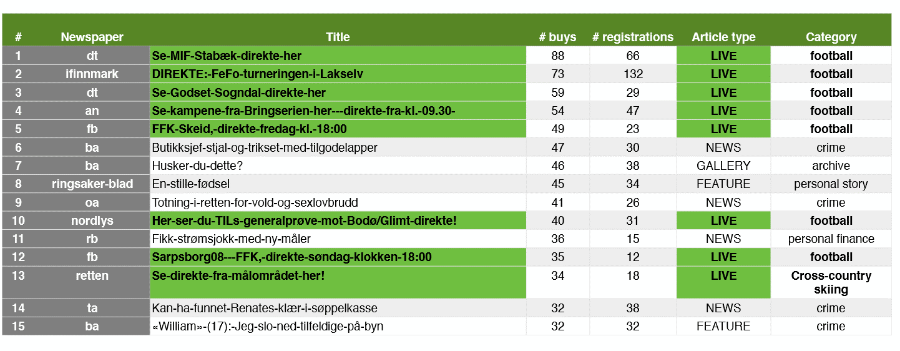
If you want to learn more about paid content strategies that can help you get the best out of your content (video, text, audio and whatever else you deliver), this webinar has lots of good ideas for you. MPP Global is also working together with Ooyala to make it easier for publishers to generate revenue from video, so get in touch with our experts in the publishing and OTT video world and see how we can help you.

Sources
- https://digiday.com/media/side-effect-pivot-video-audience-shrinkage/
- http://uk.businessinsider.com/miccoms-video-pivot-has-comscore-data-showing-audience-dropping-2017-9?r=US&IR=T
- http://reutersinstitute.politics.ox.ac.uk/sites/default/files/2018-01/RISJ%202018%20Predictions.pdf
- https://digiday.com/media/facebooks-ad-breaks-are-not-bringing-in-a-lot-of-money-for-publishers/
- https://digiday.com/media/facebook-encouraged-us-not-pivot-video-confessions-audience-development-head/
- http://adage.com/article/digital/autoplay-video-killed-early-2018/311624/
- http://metro.co.uk/2017/07/26/facebook-could-be-about-to-kill-off-those-horrible-mid-roll-video-ads-6807208/
- https://www.buzzfeed.com/scottybryan/daily-mash-the-mash-report?utm_term=.udDY9N1yXv#.puzzGrD5lb
 us
us 


